new jersey tea shrub care
4 out of 5 stars. New Jersey Tea Ceonothus americanus plant is excellent for attracting hummingbirds.
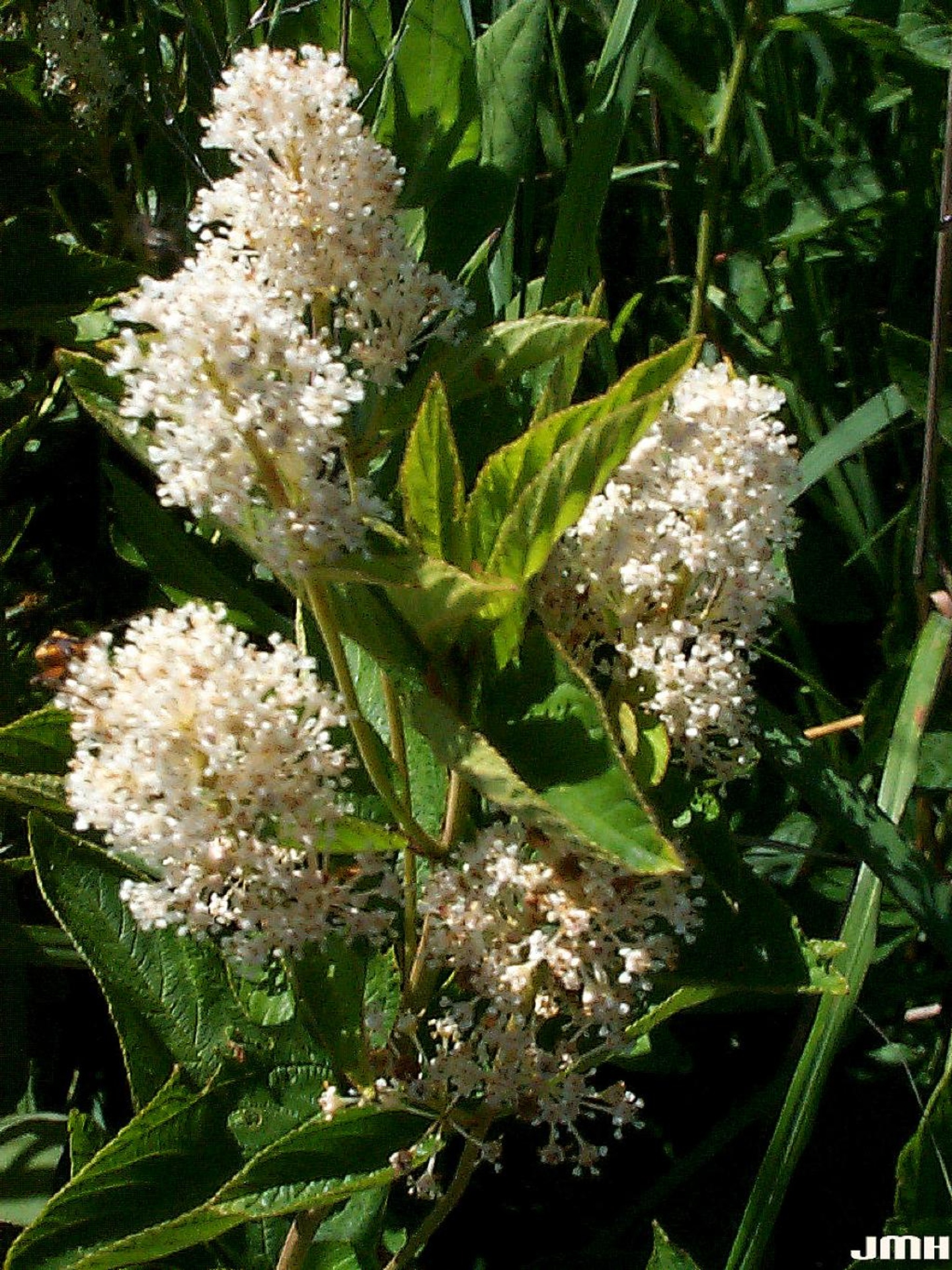
New Jersey Tea The Morton Arboretum
A low-growing compact shrub thats excellent for hot dry sites.
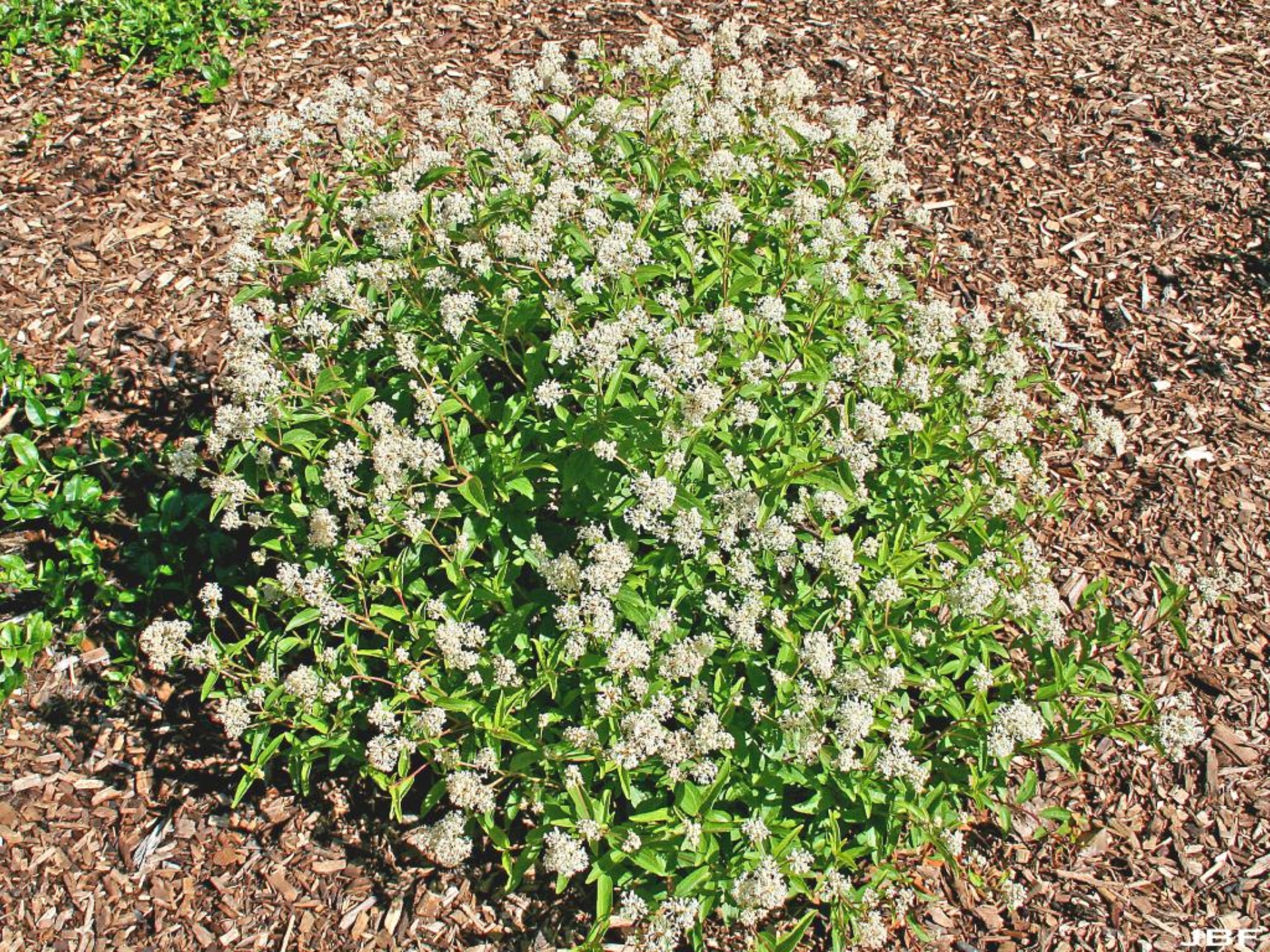
. Kept in the shade before planting. Start by digging your planting hole at least two to three times as wide and because New Jersey Tea has a deep tap root twice as deep as the height of the root ball. Easy to grow this plant is difficult to transplant once established.
Sometimes called California Lilac native New Jersey Tea is an attractive compact shrub with glossy foliage and clusters of flowers that bloom in late spring to early summer. New Jersy Tea grows best in well-drained sandy loam or rocky soils in full sun to partial shade. Clusters of small black fruit form in July and August.
If you are wondering how to grow a New Jersey tea shrub all you have to do is site the plant appropriately. Attracts Butterflies Easy Care Waterwise Bird Friendly Compact Form. They wont tolerate standing water so elevate them in raised beds if you need to improve drainage.
5 Ceanothus americanus New Jersey Tea 1g. During the Revolutionary War dried leaves were used to make an excellent tea substitute. Keep an eye out for leaf spot and powdery mildew.
The deep roots of this shrub help it to thrive in a variety of soil conditions but also makes it difficult to transplant. Plant in average well drained soil. Ceanothus americanus is visited by hummingbirds which eat the tiny insects that pollinate the flowers.
Cylindrical clusters 1-2 long of tiny fragrant white flowers 18 appear on long stalks at the stem ends. The roots reach deep into the ground to make these shrubs drought tolerant but they also become hard to transplant once established. Care Shipping Notes.
Ceanothus americanus commonly called New Jersey tea is a compact dense rounded shrub which typically grows 2-3 tall less frequently to 4. 120000 Seeds per LB. Thats because New Jersey tea shrubs are low maintenance plants that tolerate drought and thrive in dry soil shallow soil and rocky soil.
No serious pest or disease issues. Home Product New Jersey Tea. Plants can die back in winter months but return the next spring.
Propagate by seed cold stratified for one month semi-hardwood cuttings softwood cuttings. Easily grown in average dry to medium well-drained soils in full sun to part shade. New Jersey Tea quantity.
Dieback occurs naturally every year. It has a woody stem system which persists over the winter and supports the next years growth. The luxuriant glossy leaves and bright white flowers make this durable shrub a real winner.
Light preference is full or part sun and medium-dry soil. This perennial shrub can be found growing in sandy soils of open prairies and woodlands from. Excellent plant for sunny areas banks and slopes shrub borders or native plant gardens.
TEA PLANT Black Green Drinking Tea Camellia Sinensis Tree Shrub Flower Ceylon Tea Planting Seeds. In hues of pink and blue its versatile showy flowers are attractive in the formal garden and the prairie meadow New Jersey Tea grows best in well-drained. The dried leaves of New Jersey Tea make a flavorful tea that was popular during the Revolutionary War.
It is native to Missouri where it occurs in prairies glades dry open woods and thickets throughout the state Steyermark. However it can be left to grow naturally. As shrub New Jersey Tea blooms on new wood.
New Jersey tea grows best in full sun to part shade in well-drained soil. New Jersey Tea is a nitrogen-fixing plant with bright white flowers growing in July through August. Was a substitute for tea during the American revolution.
5 Sale Price 639. New Jersey Tea is part of the Buckthorn family. New Jersey Tea is a deciduous shrub and it looses its leaves in the winter.
Ad by Ceylonseeds043 Ad from shop Ceylonseeds043. You can easily grow them in well-drained soils in either full sun or part shade. Best in sandy loams or rocky soils with good drainage.
Its thick deep roots make it an excellent choice for rocky hillsides and slopes. Posted by Joan Keltner on 2nd Apr 2019 The New Jersey Tea is beautiful and hard to find. Once flowering has finished showy red seed heads appear extending the seasons of interest.
The good drainage of rocky soils can be appreciated. Root and flower extracts can be used as dye. Grow New Jersey Tea in either full sun or partial shade.
New Jersey Tea prefers average fertility dry to medium well drained soils in full sun to part shade. The compact habit of Marie Gold stands only 24-42. Place native soil removed from planting hole around the perimeter of the.
I would only suggest that a page of care and planting instructions might be placed on top of the contents to ensure the plants are well cared for eg. Tree Shrub Food. Sharply drained soils are important to keep your shrub healthy.
It is drought tolerant once established and tolerates road salt. It is also effective as a shrubby ground cover for hard-to-grow areas such as dry rocky slopes and banks. New Jersey Tea or California Lilac Marie Gold Ceanothus is a fantastic early summer blooming shrub that features clusters of bright pink blooms atop glossy golden green foliage.
The shrub attracts numerous pollinating insects that are fed upon by hummingbirds. New Jersey Tea is excellent as a shrub border and a is a fabulous addition for native plant gardens. Mature Size 34 ft.
New Jersey Tea is extremely. Luckily New Jersey Tea blooms on new wood and should be Rejuvenative Method of Pruning by cutting back to the ground in early spring. Ceanothus americanus or New Jersey Tea is a 2-3 foot hardy perennial woody shrub for well-drained dry to medium soils in part to full sun.
They need at least four hours of sunlight a day and prefer morning sun and afternoon shade. Billows of delicate white flowers form at the end of young branches in May and June. In fact New Jersey tea shrub care is minimal.
Dried caffeine free leaves when boiled a few minutes make a tea similar to Liptons regular. Plant two to three feet apart to create a low-growing drought-tolerant native hedge. It is drought tolerant once established.
It should be pruned only in the summer months. A deciduous shrub that grows just 3 tall and is compact and rounded by nature. Because of its deep root system it is great for use in erosion control on slopes but this also makes it difficult to transplant.
It can be cut back to the ground in early spring rejuvenation pruning to encourage new growth or it can be left to grow naturally. Deep tree-like roots of this shrub make it drought-tolerant but difficult to move once established so choose your spot wisely. 11 rows New Jersey tea Mountain snowbell Redroot.
Plant Type Deciduous shrub.

Ceanothus Americanus Mountain Snowbell New Jersey Tea North Carolina Extension Gardener Plant Toolbox

New Jersey Tea The Morton Arboretum
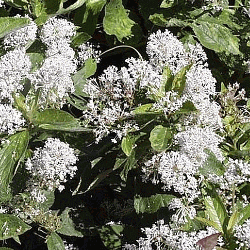
New Jersey Tea Seeds Ceanothus Americanus Seeds

New Jersey Tea Native Shrubs Johnson S Nursery Knowledgebase

Ceanothus Americanus New Jersey Tea

New Jersey Tea Native Shrubs Johnson S Nursery Knowledgebase
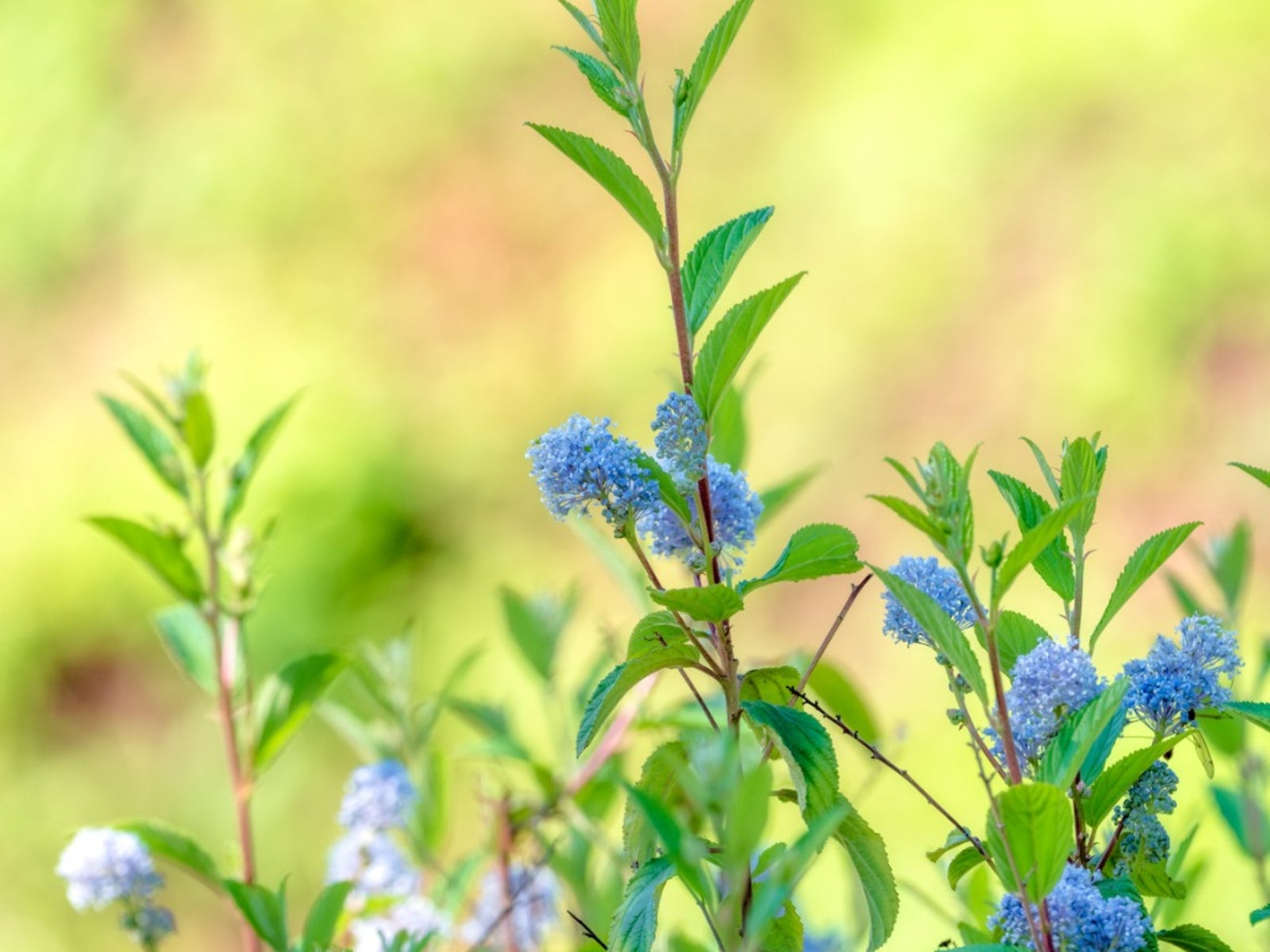
What Is A New Jersey Tea Plant Guide To New Jersey Tea Shrub Care

New Jersey Tea Native Shrubs Johnson S Nursery Knowledgebase

Wildflower Of The Year 2019 New Jersey Tea Ceanothus Americanus Virginia Native Plant Society
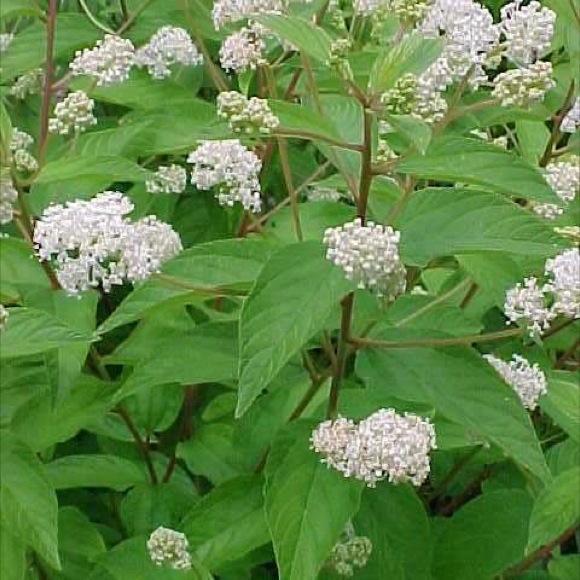
New Jersey Tea Eat The Weeds And Other Things Too
Ceanothus Americanus New Jersey Tea Native Plants Of North America
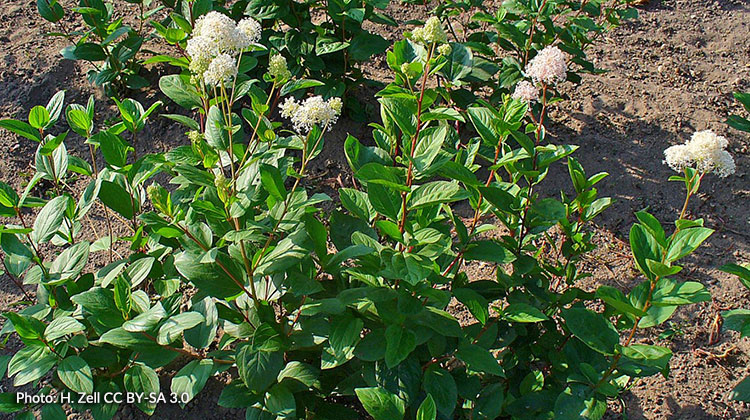
Growing Native New Jersey Tea Ceanothus Americanus Melinda Myers
Ceanothus Americanus New Jersey Tea From New Moon Nurseries
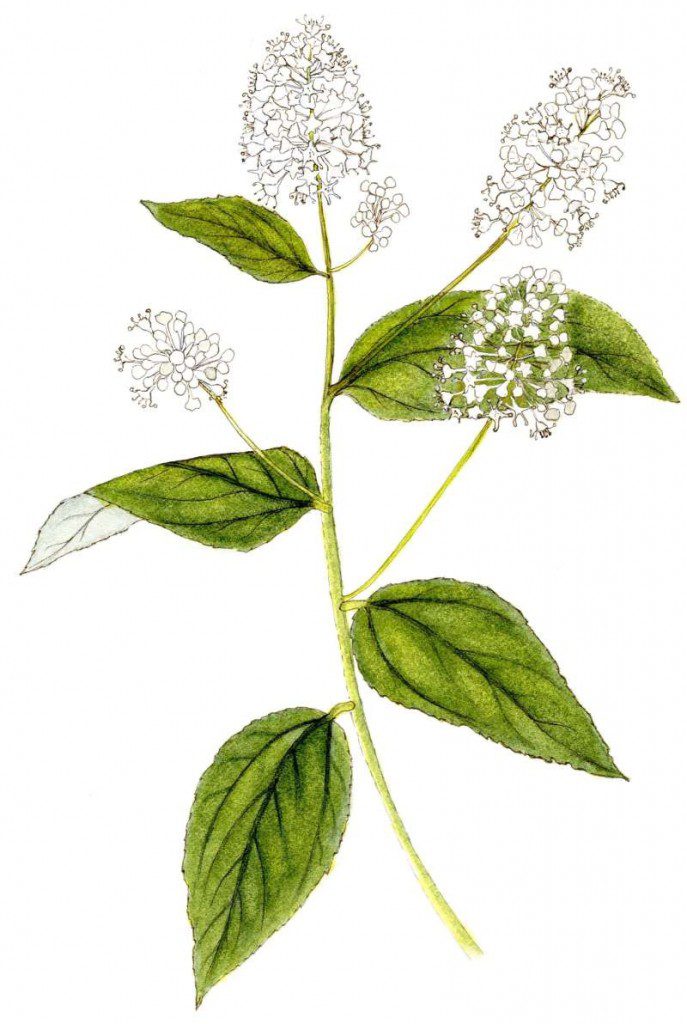
Wildflower Of The Year 2019 New Jersey Tea Ceanothus Americanus Virginia Native Plant Society

New Jersey Tea Ceanothus Americanus Prairie Nursery

Ceanothus Americanus Mountain Snowbell New Jersey Tea North Carolina Extension Gardener Plant Toolbox

New Jersey Tea Ontario Native Plants
Ceanothus Americanus New Jersey Tea From New Moon Nurseries

Ceanothus Americanus Mountain Snowbell New Jersey Tea North Carolina Extension Gardener Plant Toolbox